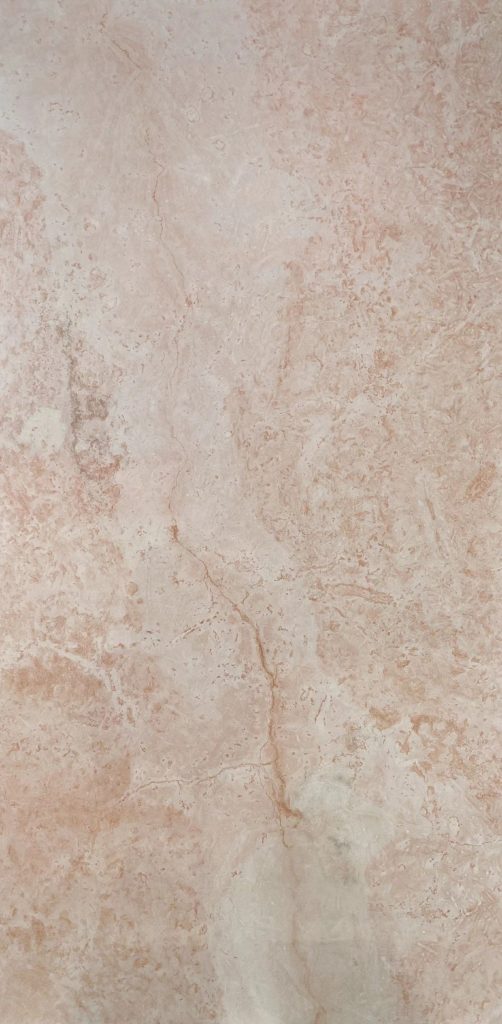Marble has long been a highly prized building material, with its beautiful textures and rich history making it an ideal choice for many. However, in addition to natural marble, there is now an option called “cultured marble”. So what exactly is the difference between natural marble and artificial marble? In this article, we’ll look at the differences between the two.
Natural Marble
Natural marble is a naturally occurring mineral that usually consists of calcium carbonate crystals. These crystals are formed deep within the earth’s crust and over millions of years of geological action gradually form marble. Natural marble is unique because of its natural veins and colors, and each slab has a distinctive look. This makes natural marble a valuable building material that is widely used in edifices, sculptures, countertops, floors and walls.
However, natural marble has some drawbacks. Firstly, it is relatively expensive, as it takes a lot of labor and resources to mine and process natural marble. Secondly, marble is a porous material that is susceptible to stains and acids and therefore requires regular maintenance and sealing.
Cultured Marble
Artificial marble, also known as “cultured marble” or “synthetic marble”, is a man-made building material. It is usually based on natural marble powder or chips mixed with a polymer resin. Through molds and special processes, synthetic marble can mimic the appearance of natural marble, including texture and color.
Artificial marble has some distinct advantages. First, it is relatively inexpensive to produce because it can be manufactured using marble waste. Secondly, artificial marble is stronger and more wear-resistant, and is less susceptible to stains and corrosion. Additionally, the appearance and color of artificial marble can be customized to meet demand because the production process can be controlled.
However, artificial marble has some limitations. It may not have the same natural uniqueness as natural marble because its texture is controlled. In addition, while it is more durable, it may not be as heat-resistant as natural marble in some cases.
In Conclusion
All things considered, choosing between natural or synthetic marble depends on your specific needs and budget. If you are looking for natural beauty and are willing to invest more resources into maintenance and upkeep, then natural marble may be the better choice. However, if you are looking to keep costs down while having a similar look and better durability, then faux marble may be the better option for you.
Whatever your choice, you need to consult with a professional before making a purchase to ensure that the material you choose is right for your specific project. Both natural and manufactured marble can add unique charm and value to your building project.





